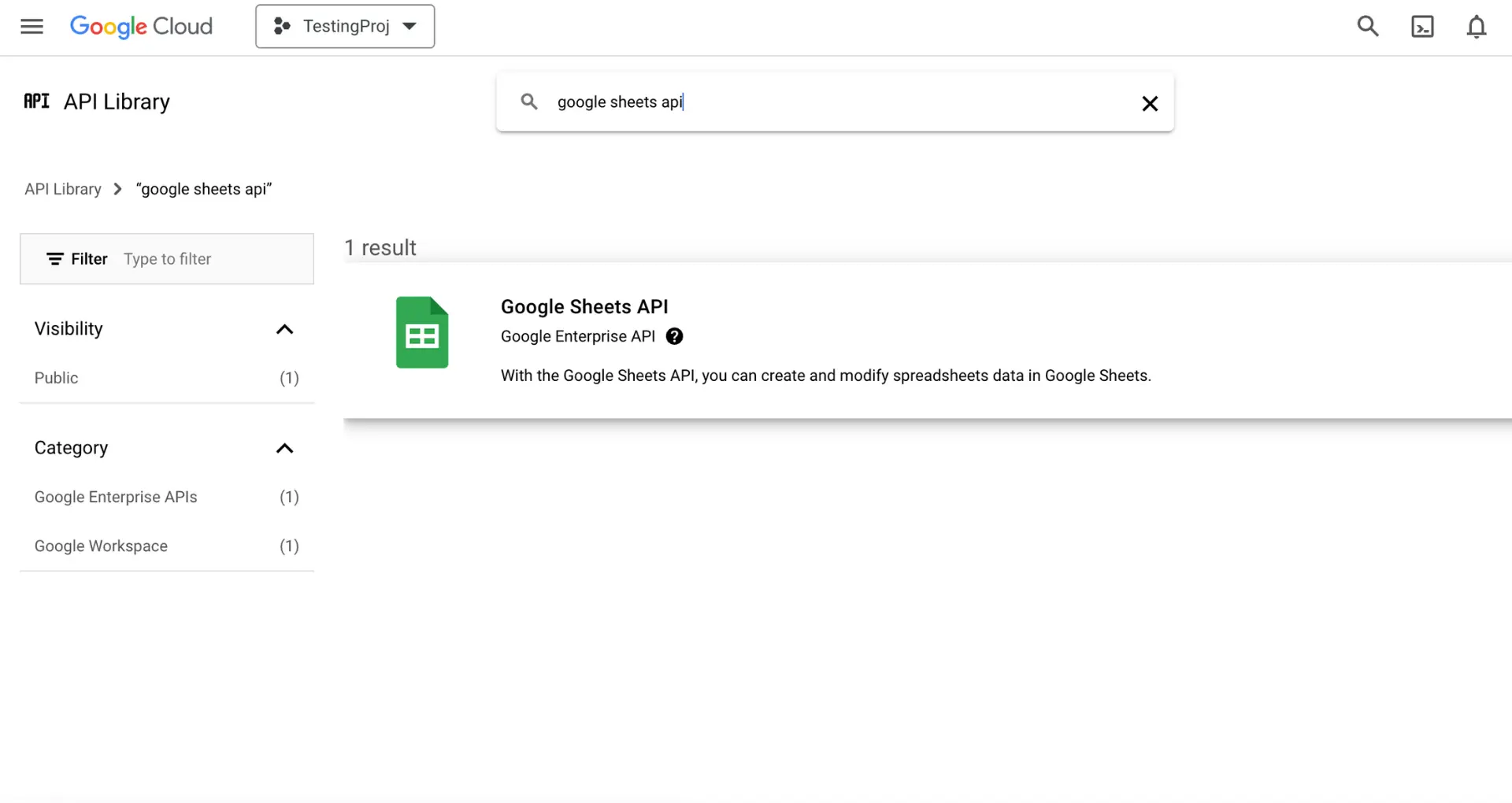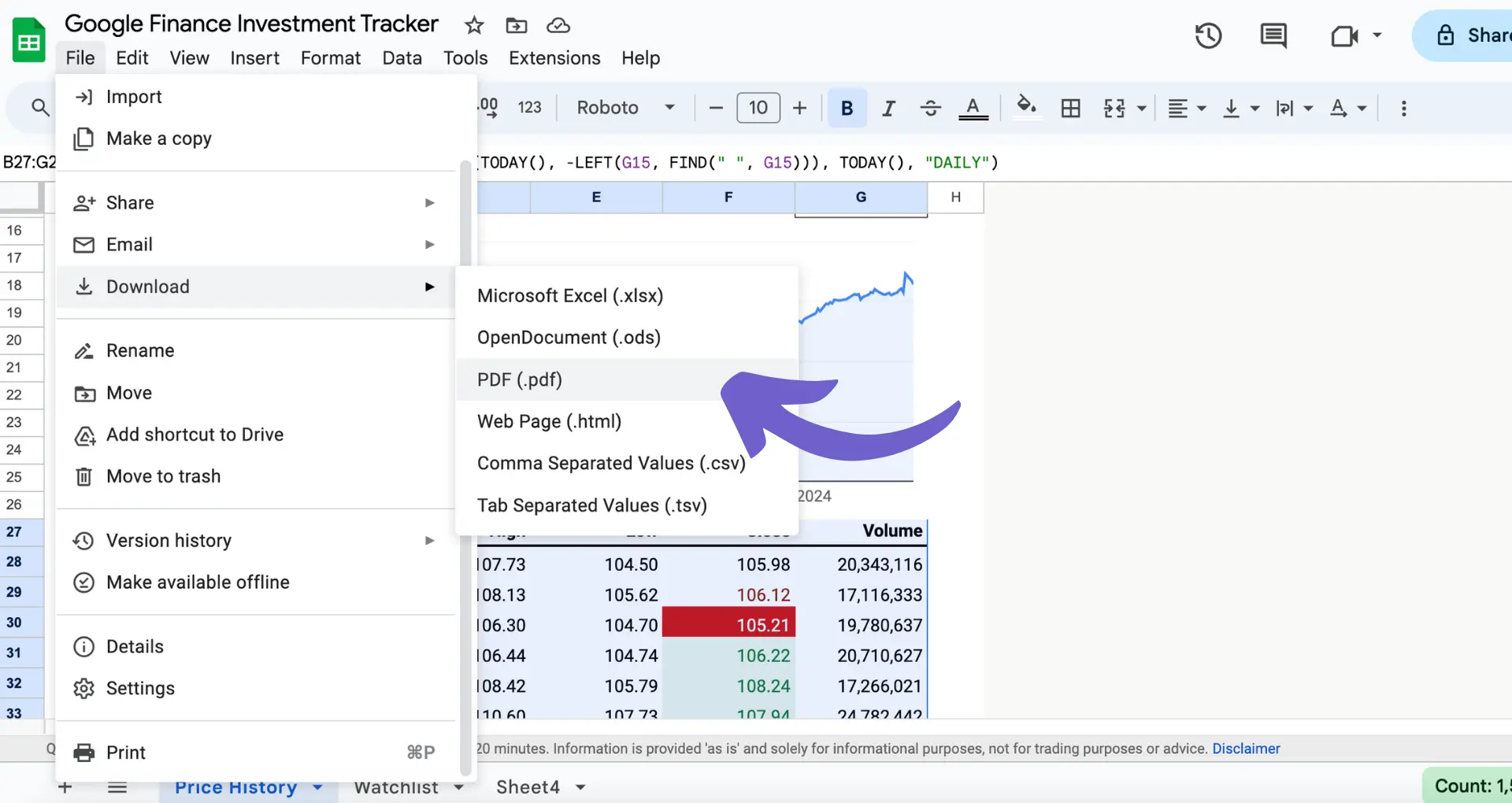Salesforce's security model relies on a combination of user profiles and permission sets to control access to various features and data within the platform. While user profiles define a baseline level of access, permission sets offer a flexible way to grant additional permissions to users without modifying their profiles. In this step-by-step guide, we'll walk you through the process of assigning a permission set to a user in Salesforce, ensuring that you can efficiently manage access rights while maintaining the integrity of your security setup.
Understanding Permission Sets and User Profiles in Salesforce
In Salesforce, user profiles and permission sets work together to define what users can access and do within the platform. User profiles serve as a baseline, determining the minimum level of access a user has to objects, fields, and other features. Permission sets, on the other hand, allow administrators to grant additional permissions to users without altering their base profiles.
Here's how permission sets and user profiles work together:
- User profiles define the fundamental access rights for a group of users with similar roles or responsibilities
- Permission sets are used to extend access rights beyond what's defined in the user profile
- Users can be assigned multiple permission sets, allowing for granular control over their access to specific features, objects, or fields
- Permission sets are additive, meaning they only grant additional permissions and never restrict access that's already been granted by the user profile
By leveraging permission sets, Salesforce administrators can create a more flexible and adaptable security model. This approach allows for easier management of access rights as users' roles and responsibilities change over time, without the need to create new profiles or modify existing ones. Automate these tasks to save time and increase efficiency.
Step-by-Step Process to Assign Permission Sets
To assign a permission set to a user in Salesforce, follow these steps:
- Log in to your Salesforce account and navigate to the Setup menu
- In the Quick Find box, type "Permission Sets" and select "Permission Sets" from the list of results
- Click on the name of the permission set you want to assign to a user
- Click the "Manage Assignments" button at the top of the page
- Click the "Add Assignments" button
- Select the users you want to assign the permission set to by checking the boxes next to their names
- Click the "Assign" button to assign the permission set to the selected users
- Click "Done" to complete the process
Common pitfalls to avoid when assigning permission sets:
- Ensure that the permission set you're assigning doesn't conflict with the user's existing profile or other assigned permission sets
- Be cautious when assigning permission sets with broad access rights, as this may unintentionally grant users more access than needed
- Regularly review and update permission set assignments to maintain a secure and organized Salesforce environment
Bardeen can help you automate repetitive tasks in Salesforce, such as automating sequences with Excel. This streamlines your workflow and saves time.
By following these steps and keeping the common pitfalls in mind, you can efficiently assign permission sets to users in Salesforce while maintaining a secure and well-organized system.
Best Practices for Managing Permission Sets in Salesforce
To efficiently manage permission sets in Salesforce, consider implementing the following best practices:
- Use descriptive naming conventions for permission sets to easily identify their purpose, such as "Sales_Rep_Access" or "Marketing_Manager_Permissions"
- Utilize the description field when creating permission sets to provide additional context about the permissions included and their intended use
- Regularly review and update permission sets to ensure they align with current business requirements and security policies
- Employ permission set groups to bundle related permission sets together, making it easier to assign multiple sets of permissions to users with similar roles or responsibilities
- Document your permission set structure and assignments to maintain a clear understanding of your Salesforce security model
By implementing these best practices, you can streamline the management of permission sets, reduce the risk of errors or inconsistencies, and ensure that users have the appropriate access to perform their job functions effectively.
Permission set groups are particularly useful for managing complex Salesforce environments with numerous permission sets. By grouping related permission sets together, you can:
- Simplify the assignment process by granting multiple permission sets to users with a single action
- Ensure consistency in permission assignments across users with similar roles
- Reduce the risk of overlooking essential permissions when onboarding new users or updating access levels
Adopting a well-organized and documented approach to permission set management will help you maintain a secure and efficient Salesforce environment while minimizing administrative overhead. For a more comprehensive guide on Salesforce permissions, consider using sales prospecting tools to keep everything in check.
Automating Permission Set Assignments with Salesforce Tools
Salesforce provides powerful tools to automate the assignment and removal of permission sets, improving efficiency and reducing the risk of manual errors. Two key tools for this purpose are Flow Builder and Process Builder.
With Flow Builder, you can create flows that automatically assign or remove permission sets based on specific criteria, such as a user's department or role. For example, you can build a flow that:
- Triggers when a new user is created or an existing user's record is updated
- Checks the user's department or role
- Assigns the appropriate permission set if the user meets the specified criteria
- Removes the permission set if the user no longer meets the criteria
Process Builder is another tool that can automate permission set assignments. You can create processes that run when a user record is created or updated, and then assign or remove permission sets based on the defined criteria.
Here's an example of how you can use Process Builder to automate permission set assignments:
- Create a new process that starts when a user record is created or edited
- Define the criteria for assigning the permission set, such as the user's department or role
- Add an action to assign the permission set to the user if the criteria are met
- Optionally, add another action to remove the permission set if the criteria are no longer met
By automating permission set assignments with Flow Builder or Process Builder, you can:
- Save time and reduce manual effort
- Ensure consistency in permission assignments across users with similar roles or responsibilities
- Minimize the risk of human error in managing permission sets
- Streamline the process of onboarding new users or updating access levels for existing users
Implementing automated permission set assignments can significantly improve the efficiency and accuracy of permission management in your Salesforce org, allowing you to focus on more valuable tasks.
Save time by using Bardeen to automate repetitive tasks in Salesforce and other apps.






